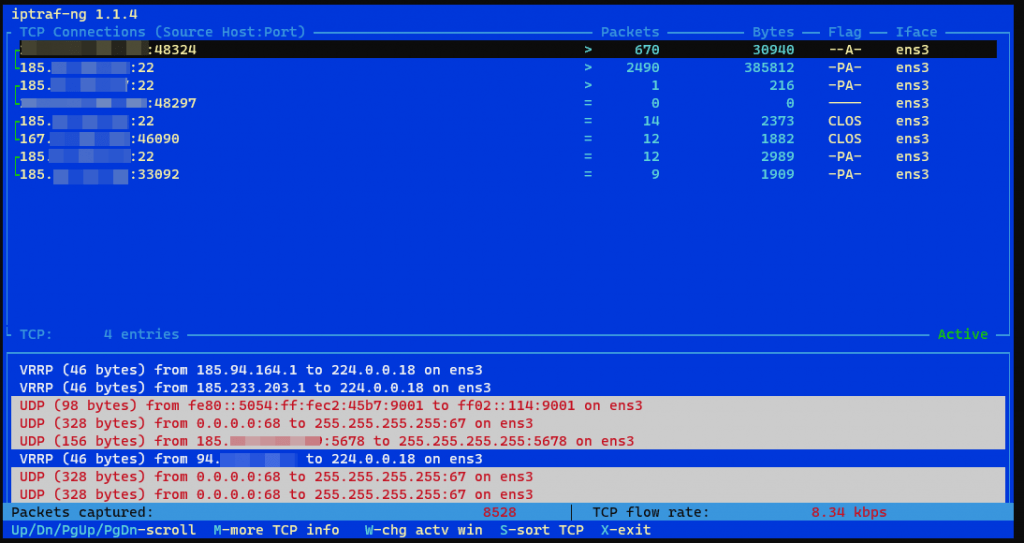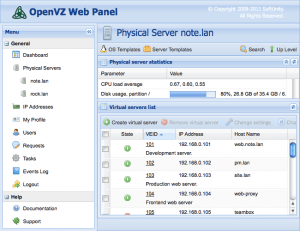How to Check Current VPS Load?
Virtual Private Servers (VPS) are a popular solution for hosting websites and applications. One of the important aspects of managing a VPS is monitoring its load. Controlling the server load helps ensure smooth application performance and prevent performance issues.
There are several ways to check the current VPS load. Let’s consider some of them:
1. Using the «top» command
The «top» command is one of the most common ways to check VPS load. It allows you to see a list of processes consuming resources on the server, as well as the overall CPU and memory load.
To run the «top» command, enter the following:
top
2. Using the «htop» command
The «htop» command is an improved version of the «top» command with additional features and a user-friendly interface. It allows you to track the current VPS load in more detail.
To run the «htop» command, execute the following:
htop
3. Using the «uptime» command
The «uptime» command allows you to get information about the current server load and its activity. It provides information about the server’s uptime, the average load over a certain period, and the number of users connected to the server.
To execute the «uptime» command, enter the following:
uptime
Conclusion
Checking the current VPS load is an important step to ensure efficient server operation. Use the commands above to monitor server load and prevent potential performance issues.





